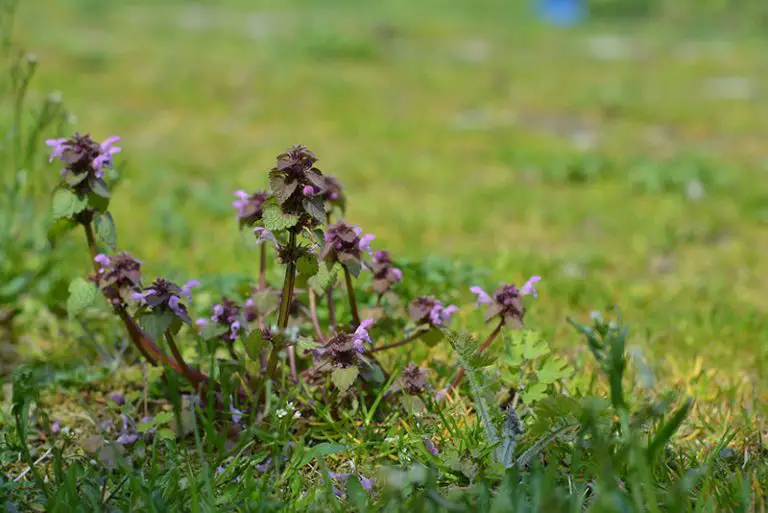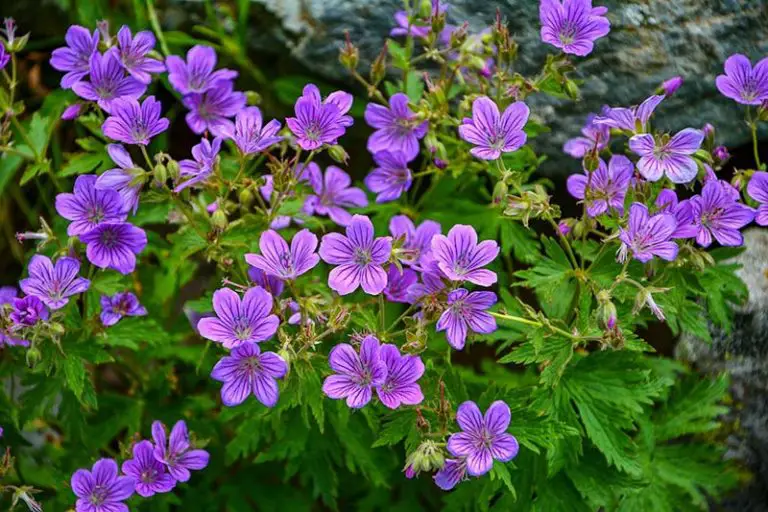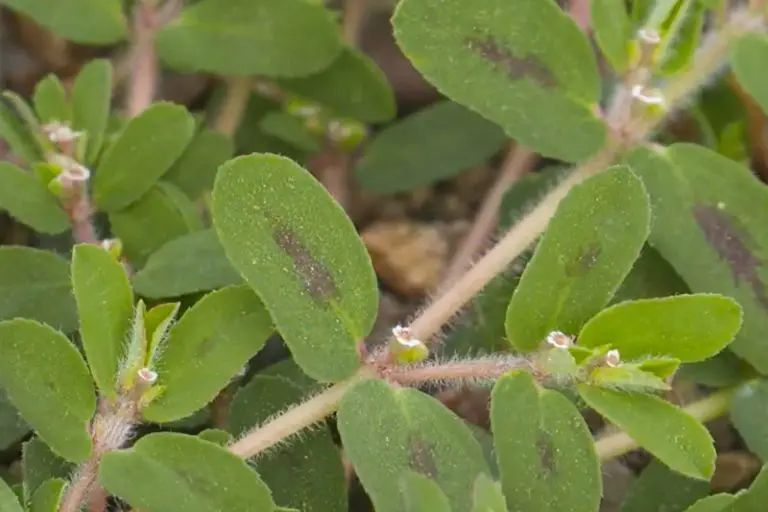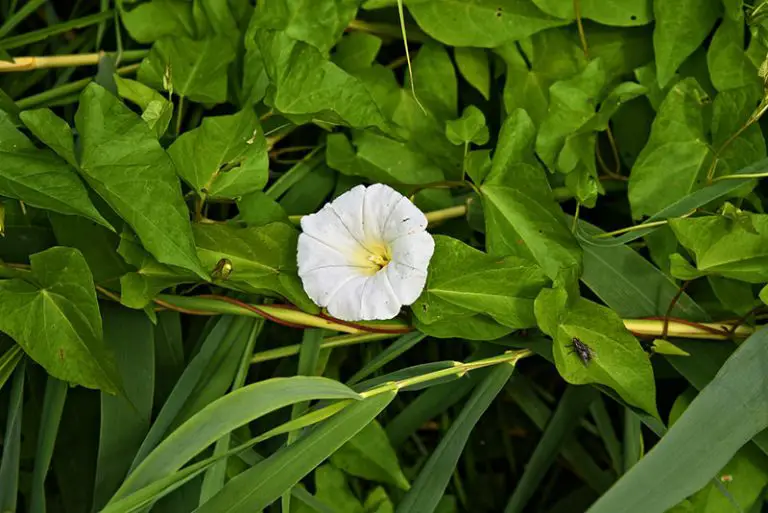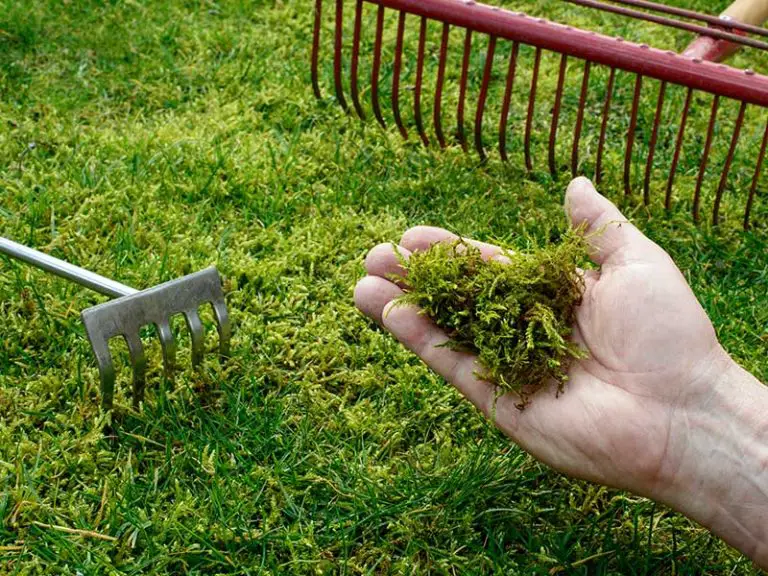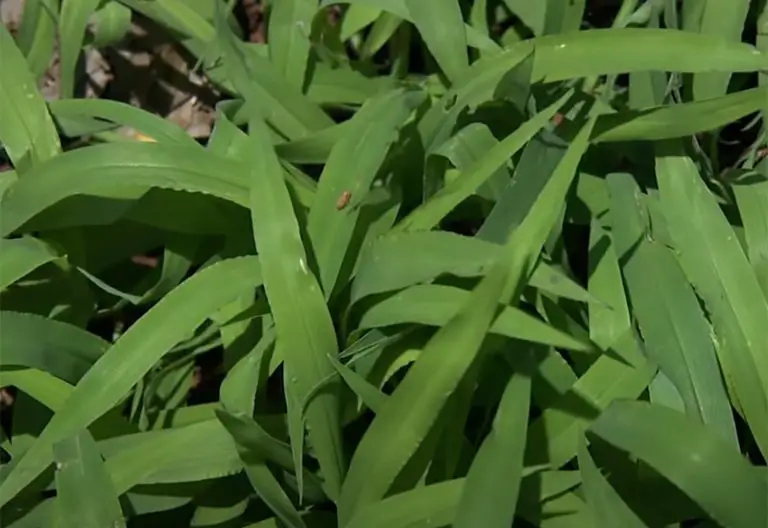Weeds That Look Like Grass
There’s no time like summertime when the barbie is on the go, and you sit outside marveling at your lush green lawn. But your lawn might not be so luscious after all as it might be invaded by a type of weed that looks a lot like grass. What weeds do look like grass?
There are a vast number of grass-looking weeds. Dandelion and Crabgrass are two of the most common ones found in gardens all over the country. Grass weeds are not easily identified, but they can easily be eliminated by applying fertilizer or herbicides or simply by proper mowing and watering.
Did you know that a single weed can produce up to 100,000 seeds? Fear not, as you can quickly identify and get rid of these lawn imposters:
What Weeds Look Like Grass?
Because grass weeds mimic normal grass, they can be somewhat hard to identify. Some grass weeds, like Crabgrass, are annual weeds, which means they die after dropping seeds.
Others, like Dandelions, are perennial weeds. They do not die after the seeding and growing season. Both types are equally invading as they spread rapidly, can damage, and, in the end, even kill your grass.
Let’s have a look at 10 of these grass killers commonly found in American gardens:
Dandelion
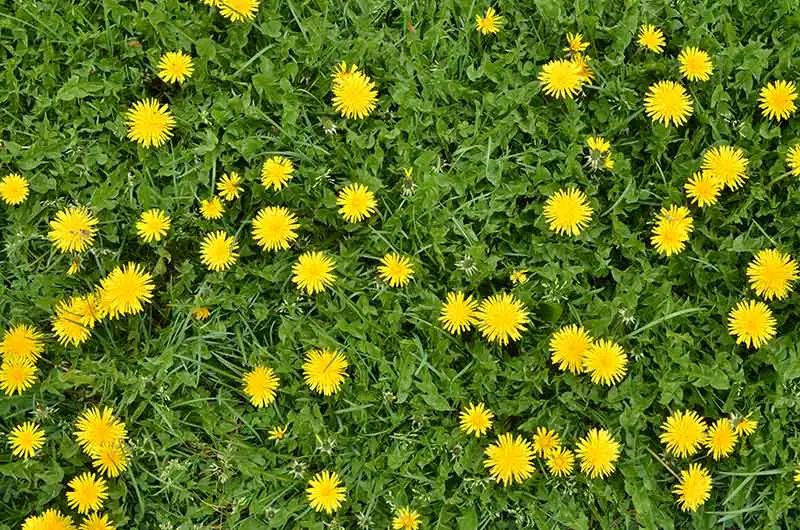
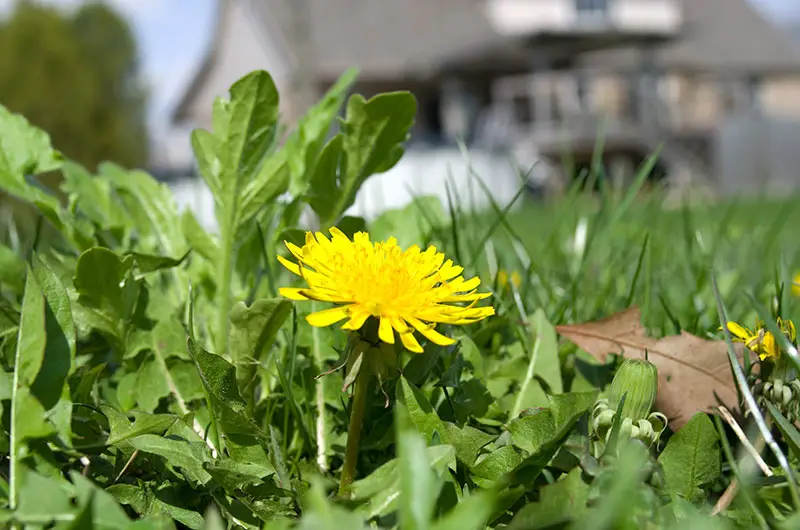
Dandelions are perennial weeds, and people have mixed feelings about this grass-like weed. Some enjoy their cheerful yellow flowers, even use them in herbal remedies and food, while others can’t wait to get rid of them.
Their lobed basal leaves grow from the bottom of their stems and, like the stems, produce a milky sap when broken.
These weeds can grow up to 12 inches tall with a width of around 6 – 16 inches. The taproot of the Dandelion can grow up to 3 feet long, and its yellow flowers share some similarities to double daisies.
In spring and fall, a single Dandelion plant can easily carry 10 flowers. These flowers can, in turn, produce up to 15,000 seeds. These flowers turn into puffballs or blowballs that are carried long distances by the wind.
Dandelions will push out your grass and sap it from its water and nutrients.
How to get rid of Dandelions
- Pull them by hand. Young plants are especially easy to remove this way;
- Dig them out by using a special dandelion fork;
- Treat lawn with a broadleaf herbicide;
- Make sure your lawn is not shorter than 2 or 3 inches.
See our article How to Get Rid of Dandelions for a full guide on how to remove this weed from your yard.
Annual Bluegrass
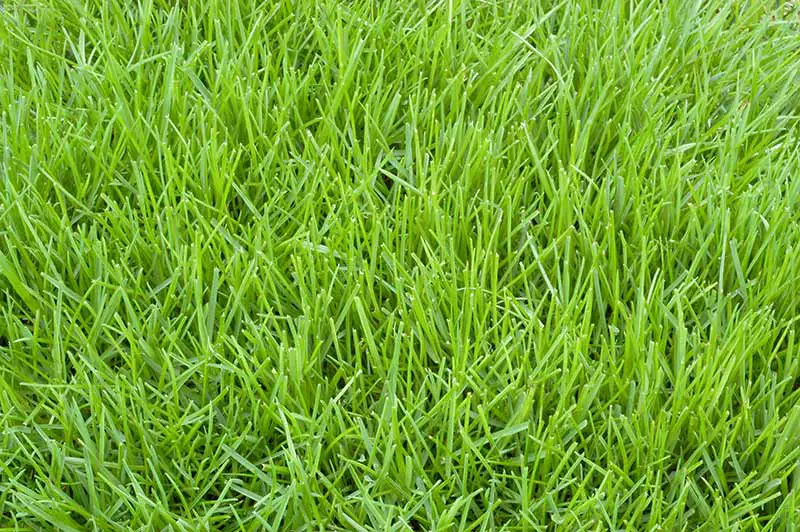
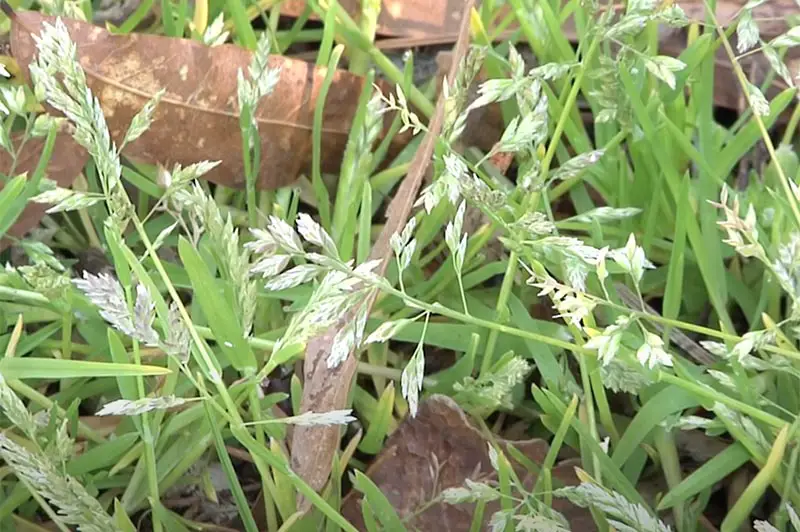
One of the most common annual weeds in the world that looks like grass is Annual Bluegrass or Poa annua. Apart from your run-of-the-mill house owner in North America, lawn care operators, golf course, and sports field managers have forever been struggling to get rid of this imposter.
Bluegrass has a shallow root system and grows in clumps. The leaves of a Bluegrass weed are short, soft, drooping, and blunt at the tips. The stem can grow up to 10 inches and is slightly flattened.
Except for severe winters, Bluegrass flowers throughout the year. The flowers are whitish and can turn into seed heads as soon as the plants are 6 weeks old. These seeds are spread by birds, cultivation, foot traffic, and mowing.
How to get rid of Annual Bluegrass
- Pull them by hand as soon as they appear;
- Apply a pre-emergent herbicide twice a year: early fall and early spring;
- Boiling water is also effective, but this method will also kill the grass around the Annual Bluegrass.
Crabgrass
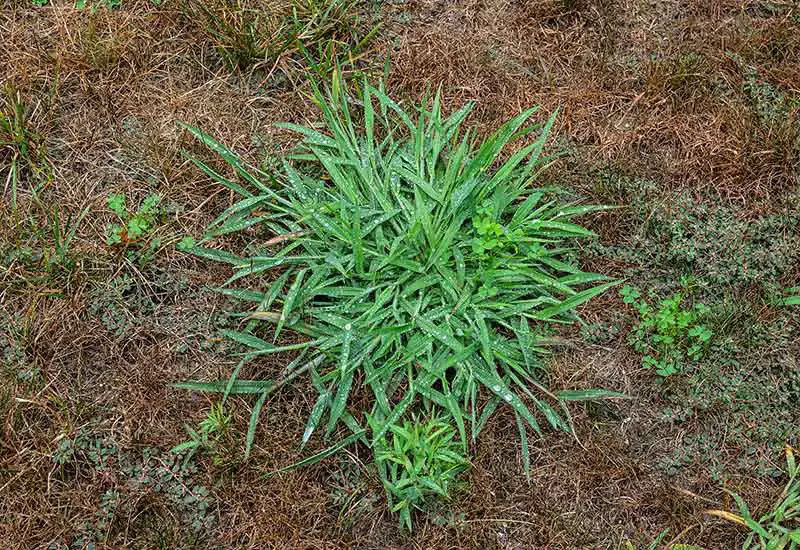
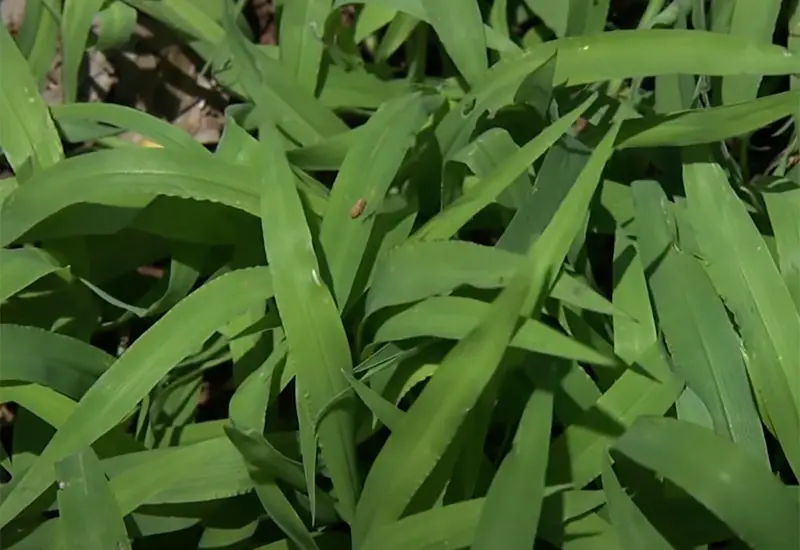
There are 2 kinds of Crabgrass: smooth and large. Smooth Crabgrass, however, is the more popular one. According to Michigan State University, this summer annual grass-like weed invades an estimated 90% of lawns in Michigan.
Crabgrass has flat leaves and membranous ligules that are jagged in appearance. Each weed can grow up to a height of 3 ½ feet. Their stems are quite sturdy and strong with a reclining growth pattern, and the roots form in the soil/node region.
The seeds of Crabgrass germinate from early spring to late summer when the soil temperature reaches 55 – 60 ⁰F. These seed heads are purplish. Because it tends to recline, a single weed can produce up to 150,000 seeds per year.
Crabgrass rids your lawn of much-needed nutrients. Furthermore, it dies from frost during fall, leaving behind unsightly bare spots in your grass.
How to get rid of Smooth Crabgrass
- Kill the seeds before they can take root by sprouting your lawn with a pre-emergent weed killer two weeks before the last expected frost;
- Pull it out by hand, but fill each bare patch with grass seed. Then, apply a light layer of topsoil.
See our article How to Get Rid of Crabgrass for a full guide on how to get rid of this weed.
Common Couch
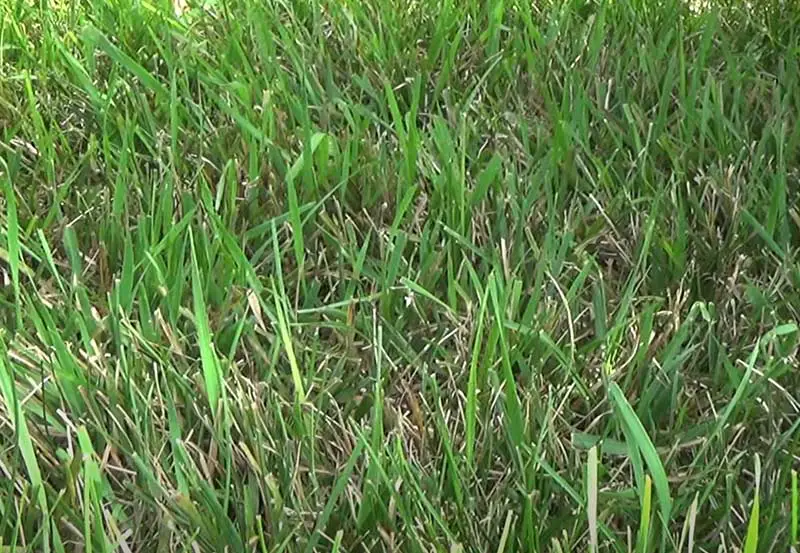
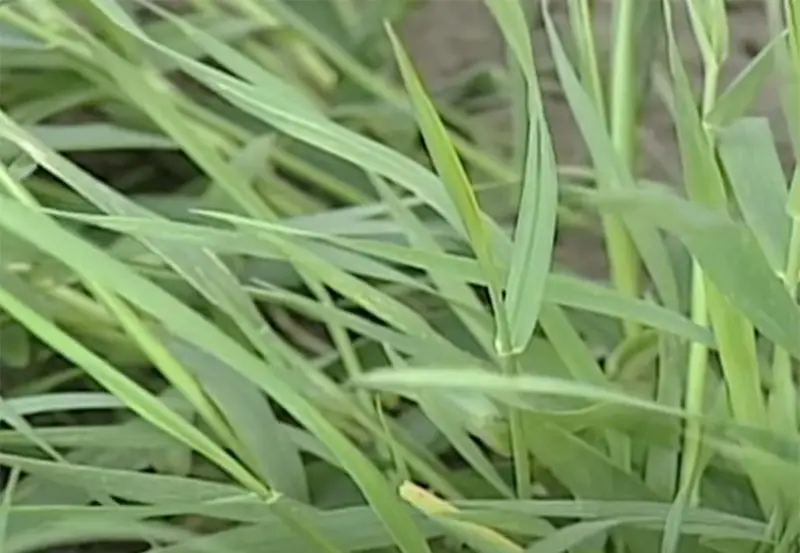
Common Couch is one of the most aggressive perennial lawn weeds around and is also known as Quackgrass, Quick Grass, Dog Grass, and Witchgrass. One reason for its aggressiveness is that it is equally happy growing in the sun or the shade.
This invader is listed as a noxious weed in Arizona, Kansas, Michigan, South Dakota, Utah, and Wyoming.
With its clump-forming straight stems, this weed can quickly grow up to 4 feet tall. Its leaves can grow up to 8 inches long with hairless leaf sheaths. The leaves are rolled in the bud.
It also has a system of underground stems called rhizomes, and Common Couch spreads easily through either these rhizomes or seeds. One seed head of the Common Couch is made up of several spikelets that can each contain several eight lance-shaped seeds.
The best way to treat and get rid of Common Couch is when new shoots develop more than 4 leaves.
How to get rid of Common Couch
- Mow your lawn as close as possible to the soil;
- Spray your lawn with glyphosate.
Nutsedge
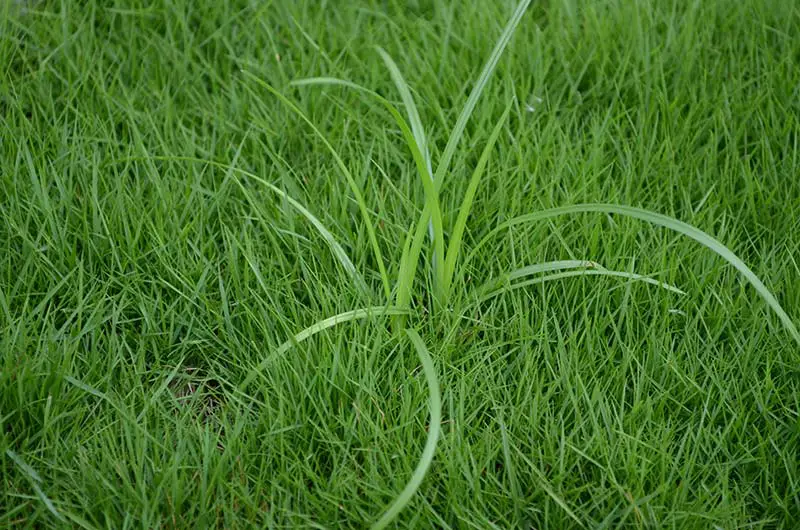
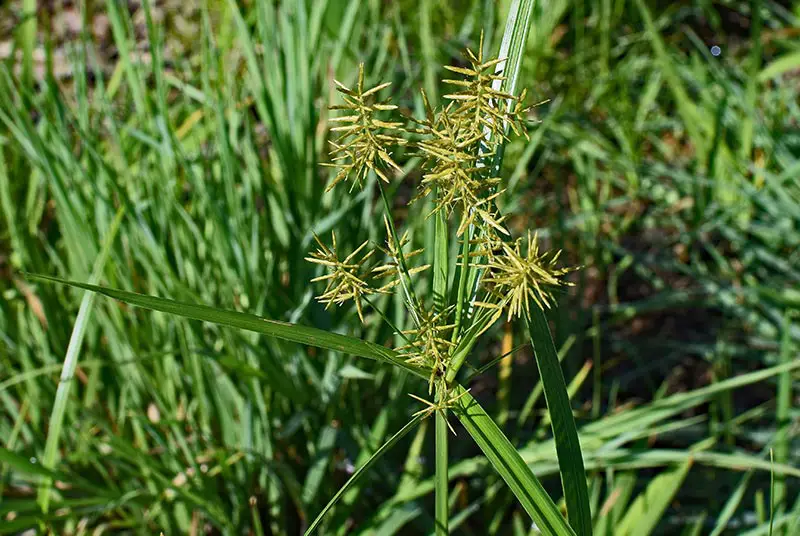
Nutsedge is another weed that is often mistaken for grass, especially when the plants are young. There are two variations of this weed: yellow nutsedge and purple nutsedge.
Nutsedge is a light green perennial weed that can be extremely persistent, especially in poorly drained soil. This weed has a triangular stem with three-ranked leaves growing out of each stem. Each weed can grow up to 2 feet tall with a width of around 1 foot wide.
Nutsedge can multiply through seed distribution and its vigorous growing rhizomes. They grow much faster than normal grass, so it’s pretty easy to spot them.
How to get rid of Nutsedge
- If you want to go the organic route, the only solution is to remove young sprouts by hand during early spring. Make sure, though, to get the whole plant, including the nutlet;
- Another organic solution is to spray the weeds with vinegar that has at least a 20% acetic acid concentration;
See our article How to Get Rid of Nutsedge for a full guide on the removal and control of this weed.
Goosegrass
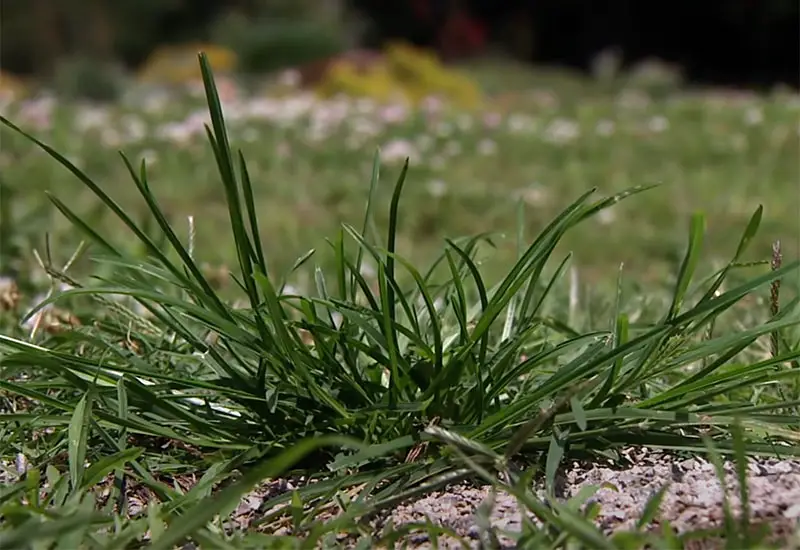
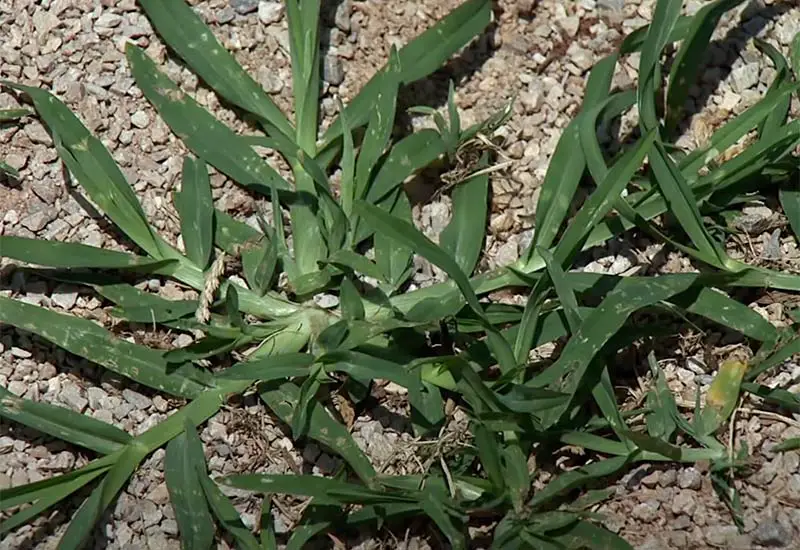
Goosegrass is a common grass-like annual weed that grows in the summer. It is often confused with smooth Crabgrass, but where the leaves of Crabgrass are rolled in the bud, the leaves of Goosegrass are flat in the bud.
It is further identifiable in its flattened white center. The name goosegrass derives from the spread-out strands that resemble a goose’s foot.
Stems can grow up to 2 feet long, and the weed’s leaves are smooth and dark green. From July to September, the flowers are usually seen looking like zippers with their numerous spiky and flat fingers.
Goosegrass seeds germinate later than other annual grasses and are produced even when your lawn is closely trimmed.
How to get rid of Goosegrass
- Ensure that your mower blades are extremely sharp so that you can destroy the flower heads before they seed;
- Frequently aerate your lawn;
- In late winter to early spring, apply a pre-emergent herbicide.
Yellow Salsify
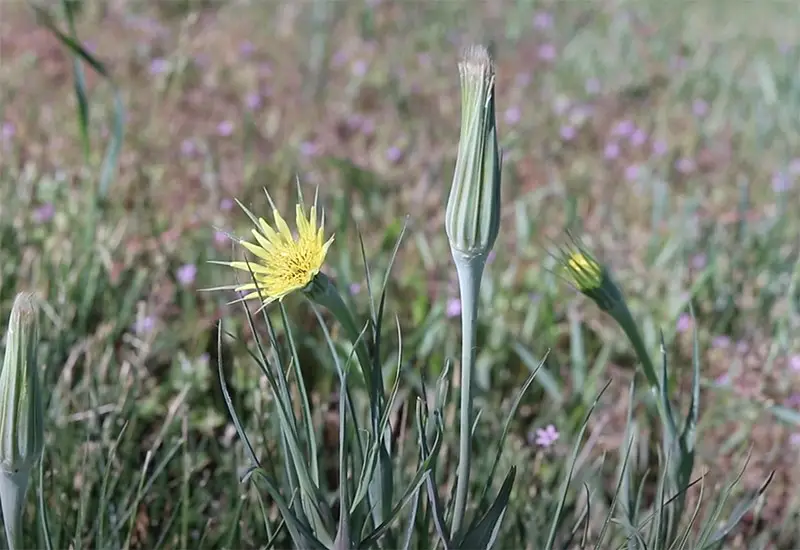
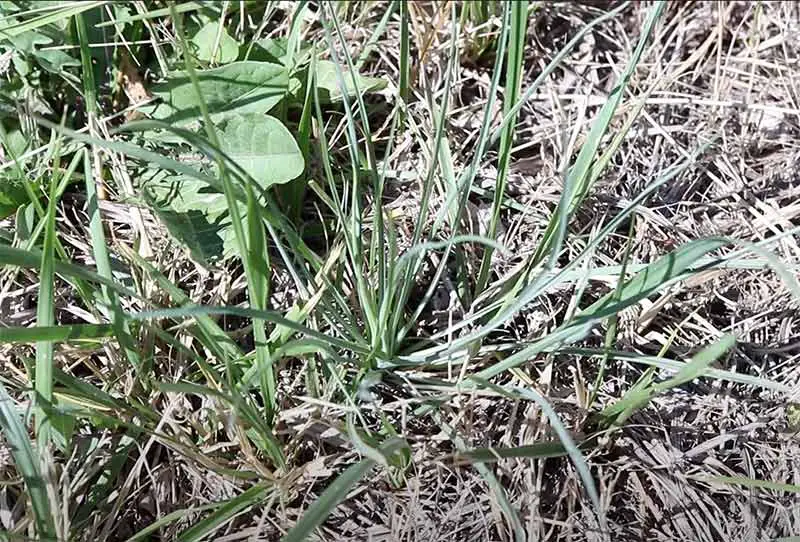
Yellow Salsify is a grass-like perennial that has quite a short life span. Originally from Europe and Asia, this weed has now also invaded North America.
This weed is a biennial with broad grass-like leaves that are gray-green in color. They can easily be mistaken for grass, but their leaves are more rubbery and smoother. Each weed can grow up to 3 feet tall and 2 feet wide.
In late spring or early summer, it forms yellow umbrella-like flower heads that are 1.5 to 2.3 inches long. These flower heads are followed by large white puffballs. These featherweight puffballs are, much like the Dandelion, carried long distances of up to 800 feet by the wind.
Interestingly, the Yellow Salsify roots are edible and are believed to taste quite a bit like oysters.
How to get rid of Yellow Salsify
- Pull weeds by hand before they can multiply;
- Apply a postemergence herbicide.
Green and Yellow Foxtails
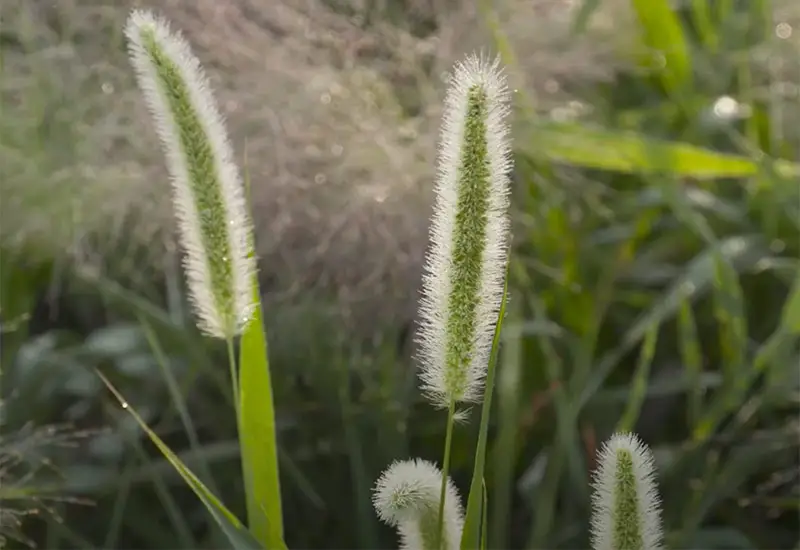
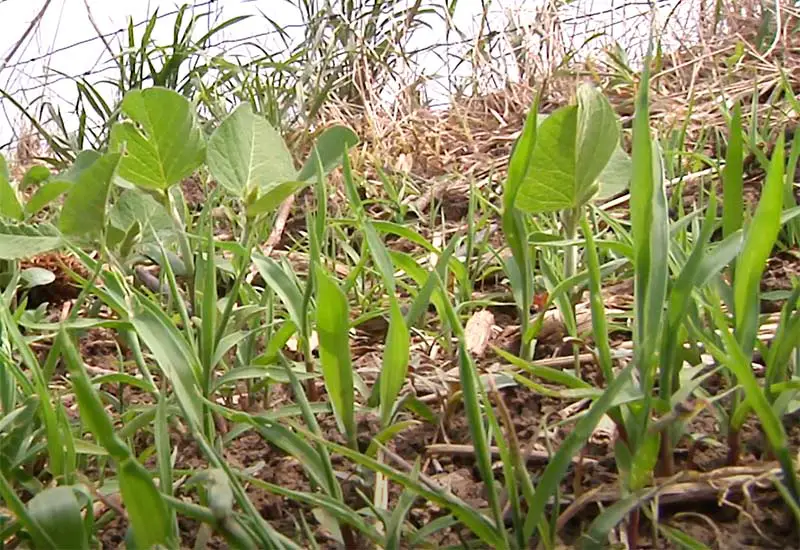
Green foxtail is an annual grass-like weed that also goes by pigongrass, wild millet, and green bristlegrass. Lawn owners, especially those in Michigan, are often frustrated by the infestation of green foxtail.
Yellow foxtails have no hairs on the sheath, whereas green foxtail does. Another difference between these two species is that Yellow Foxtails have hairy leaf bases while the leaf bases of Green Foxtails are smoother without any hair on the upper surface.
Foxtails have flat leaves that are less than 6 inches long. They have upright stems branching at the base and can grow up to 3 feet high.
The cylindrical flowers develop into seed heads that look like fluffy foxtails. These seeds typically germinate in the springtime when a single seed head can produce up to thousands of seeds per year.
How to get rid of Green and Yellow Foxtails
- Pull them out by hand;
- Be sure to keep your lawn thick and lush so that they won’t be able to return the following year;
Creeping Bentgrass
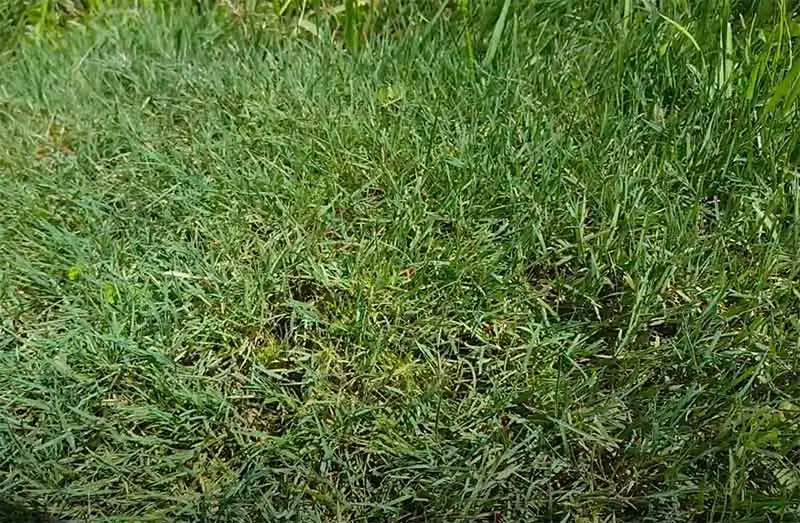
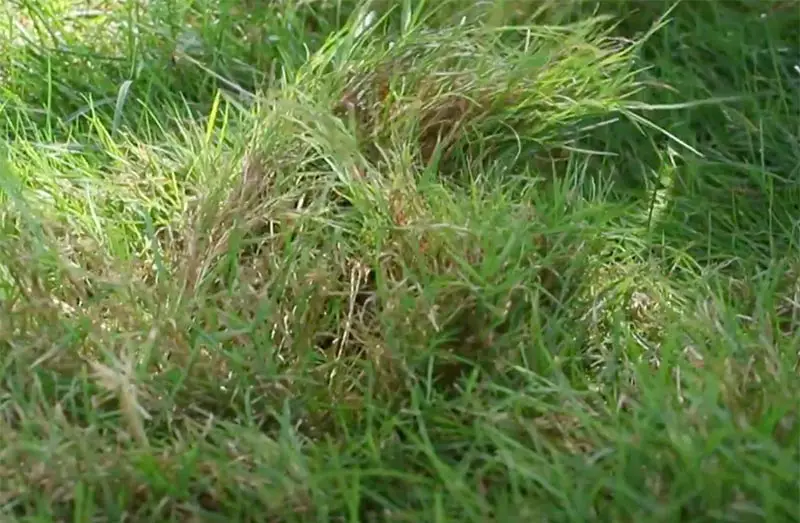
Although Creeping Bentgrass is often planted on golf course greens, tees, and fairways, this perennial can be considered a weed, especially when it invades another grass species in your lawn.
This weed is a vigorous creeper that thrives in full sun and proper irrigation. Their stems can grow up to 3 feet long. Their leave blades can reach up to almost 4 inches, are tapered and blue-grey in color.
Creeping Bentgrass flowers in July and August. They germinate and spread from either seeds or their strong underground rhizomes. Once they’ve established themselves in your lawn, they are not easy to get rid of.
How to get rid of Creeping Bentgrass
- They are not easily removed by hand-pulling;
- If you need to remove only a patch, try placing clear plastic over the area for five-to-seven days;
- For complete eradication, you will need to apply a suitable herbicide.
Johnsongrass
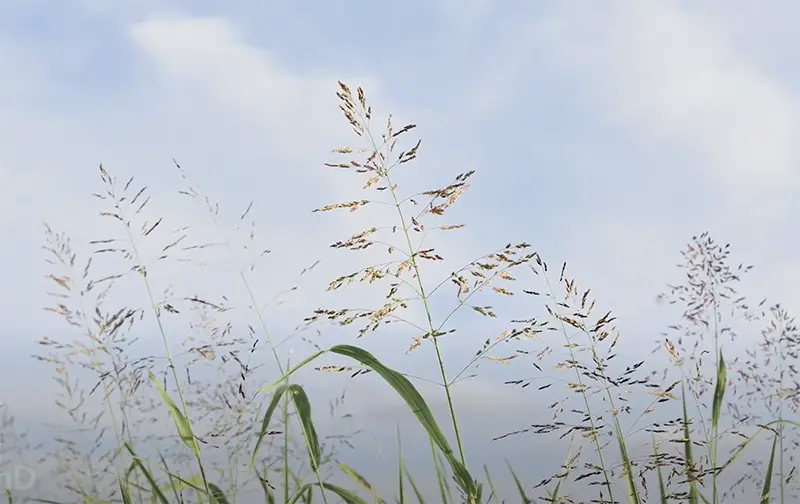
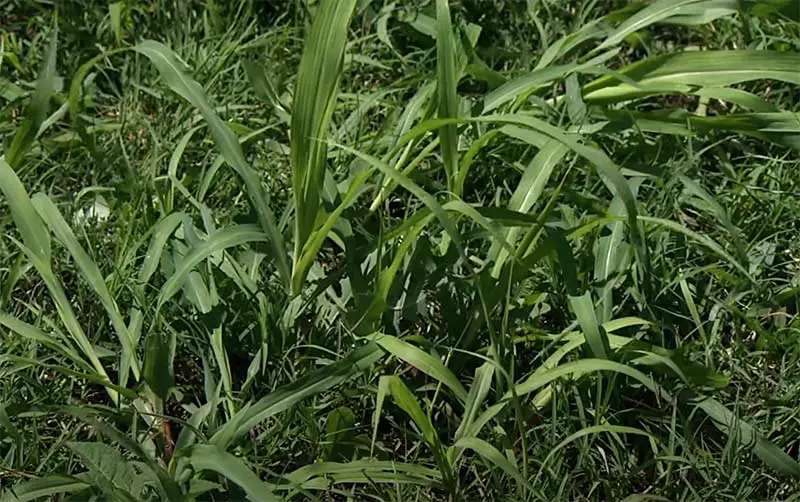
Another weed that resembles grass is Johnsongrass. This invader has earned itself a place in the list of 10 worst weeds in the world.
Johnsongrass is a perennial weed that has bright green leaves that are rolled up in the bud. The leaves can be up to 24 inches long, while the stem can reach an astonishing 10 feet in height if left to grow.
This grass-like weed produces large, purple seed heads that can be seen from late July to frost. A single weed can produce up to 28,000 seeds. Johnsongrass reproduces not only through its thousands of seeds but also its dense and vigorous growing rhizomes.
How to get rid of Johnsongrass
- Because it is a perennial weed, you can quickly get rid of it by either digging it up or spraying it with vinegar;
- Alternatively, you can till the soil so that the rhizomes are brought to the surface.
How To Avoid Weeds Growing On Your Lawn?
If you don’t care much about spending a day on your knees pulling weeds, you know what they say, ‘prevention is better than cure.’ Here are some expert tips you can follow in making sure that one of these grass-like weeds do not invade your lawn:
- Apply weed preventer granules to keep weeds away for at least 3 months, after which you will have to start the application all over again;
- There are great chemical lawn sprays on the market. These sprays act not only as fertilizers but also as weed preventers.
Conclusion
You might wake up one morning finding your lawn infested with a grass-like weed like Crabgrass, Nutsedge, or Green Foxtail, to name a few. Luckily, you now know exactly what they look like and how to get rid of them.
If you’re lucky and your lawn is not currently invested with a specific weed, why not be preventive and apply weed preventer granules or fertilizing sprays? Your knees will thank you later!

